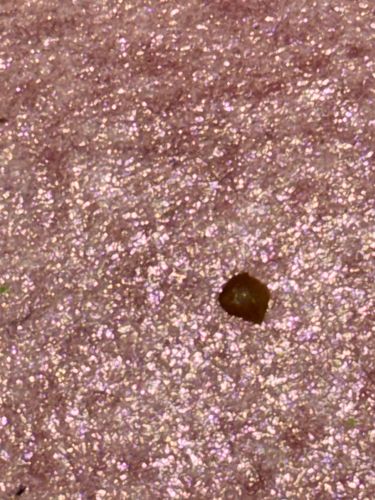Household Casebearer Moth
Scientific Name: Phereoeca uterella
Order & Family: Lepidoptera (Moths and Butterflies), Tineidae (Fungus Moths/Clothes Moths)
Size: Larvae (in case): 10-15 mm long. Adult moth: Wingspan 9-13 mm.

Natural Habitat
Indoors, particularly in quiet, undisturbed areas like closets, attics, storage rooms, wall voids, and under furniture. Can also be found outdoors in sheltered locations.
Diet & Feeding
Larvae feed on natural fibers (wool, silk, felt, fur), synthetic materials, spiderwebs, and sometimes insect remains. Adults do not feed.
Behavior Patterns
Larvae construct a case from silk and debris, which they carry with them. Adults are typically nocturnal and attracted to light. Females often lay eggs on suitable materials for larval development.
Risks & Benefits
Risk: Considered a household pest as larvae can damage fabrics, carpets, and other stored materials containing natural fibers. They do not pose direct health risks to humans. Benefit: No significant direct benefits to humans, but play a small role in decomposition within their natural outdoor habitats.
Identified on: 9/4/2025